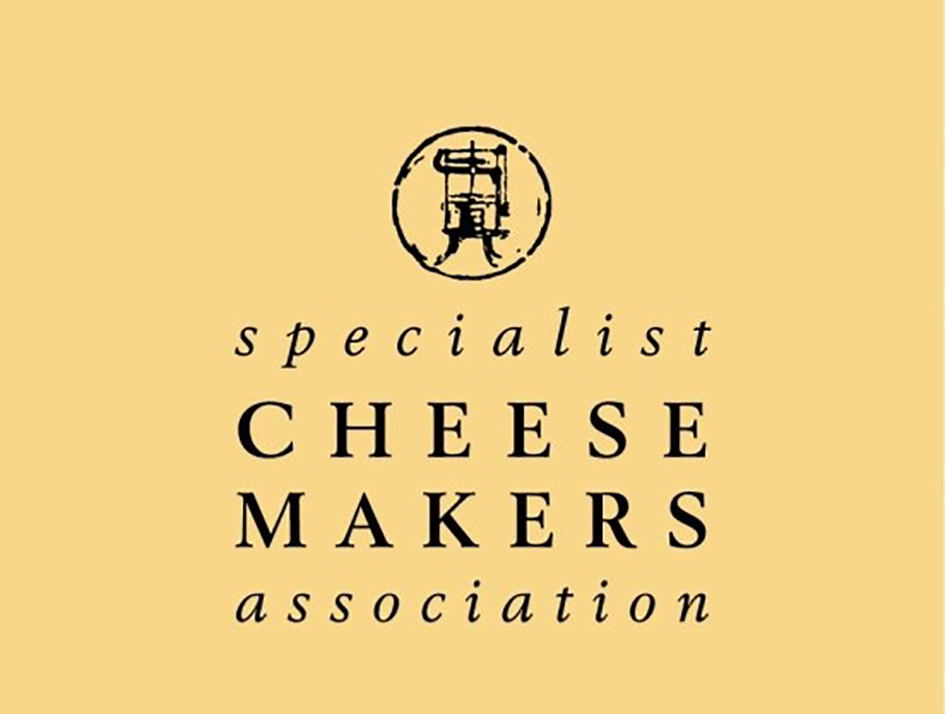Let's Talk About Sheep's Milk...
29 April, 2024According to a study from the University of Aberystwyth, globally, milk production is dominated by dairy cattle, which accounts for 81% of worldwide production followed by 15% for buffalo (mozzarella is incredibly popular!) and 4% combined for goats (1.9%), sheep (1.3%) and, perhaps surprisingly, camels. Across the rest of Europe, sheep’s milk production is more common than in the UK (<0.1% of the global total) with the highest production, around 8.7% of the sheep-specific global total, coming from Greece – predominantly for Feta production. However, despite a low overall share of the production today, this has actually doubled over the last 50 years showing a growing trend in the consumption of goat’s and sheep’s milk products.

In the UK it is estimated that there are less than 50 sheep dairy farms currently operating, whereas on the flipside the UK is the 10th largest cow’s milk producer in the world. The UK’s most popular cheese is Cheddar, which makes sense if we recognise cheese as a preservation technique, producing big wheels of Cheddar cheese is a great way to look after all that milk. The benefits of cow’s milk production include year-round milking, high yields and we have a geography that lends itself to grazing cattle. So given all of the pros of cow’s milk, why would anyone choose to make say a sheep’s milk cheese?
Firstly, it's important to note that whilst there has been an increase in appetite for sheep’s milk (and goat’s milk cheeses), it's not a recent introduction to the British dairy landscape – there’s evidence of sheep’s milk cheeses being made by monks in Yorkshire in the 12th century. In fact, the history of Wensleydale cheese is intrinsically linked to that of the famous French sheep’s milk cheese Roquefort. Interestingly too, sheep’s milk has almost double the amount of butterfat than cow’s milk and therefore you can make more cheese from the same volume of milk and the resulting cheese if often much richer.
One thing that particularly attracts cheesemongers to certain cheeses is their ‘seasonality’ – a core factor in British sheep's milk production. The fact that cheeses are not available all year around gives them a cult-like following, with a clamour for their arrival each year. Let’s look at St James cheese for example – a quintessentially British seasonal cheese. St James is the flagship cheese produced by Martin Gott, Nicola Robinson and their small team at Holker Farm in Cumbria on the edges of the Lake District, now for nearly 20 years, using the milk from their own herd of Lacaune sheep. The sheep’s milk is only available from February to October but as a really tiny operation (their make room is not much bigger than your average home’s kitchen) their capacity or appetite to make vast quantities is not there. Martin worked with legendary cheesemakers like Mary Holbrook (now sadly passed) and the Kirkham family before making his own cheese, with a real focus on a true artisan product. St James is one of the few cheeses in this country where the makers use homemade starters. Cheese is a relatively humble recipe of just 4 key ingredients, milk, salt, rennet and starter. The starters or starter cultures could be described as the ‘eureka’ moment of cheese, they kick off the acidification of the cheesemaking process whilst also dictating the style, flavour profile and so much more. Many cheesemakers will rely on commercially available cultures, whereas Gott has decided to go one step further to create a product that truly reflects where it is made.

When we talk about the seasonality of milk it’s not as simplistic as the season the milk is available in. The profile of the milk changes and evolves throughout the year, particularly when you take into account what the animal has been eating. From fresh young grass in early spring to the flowers that only bloom for a short window. Plus there’s the impact of the weather! Not only will the sunshine or rain affect what the animals eat (wet grass is very different from dry after all) but in turn will alter conditions in the cheese-making and maturation rooms! There are so many fascinating factors that can bring nuance to the cheese. What this means for the resulting cheese though is that batches can vary so much. The cheese may look like a fluffy Caerphilly one week and a silky Taleggio the next, giving a sneak peek into the magic that is seasonal sheep’s milk production.




